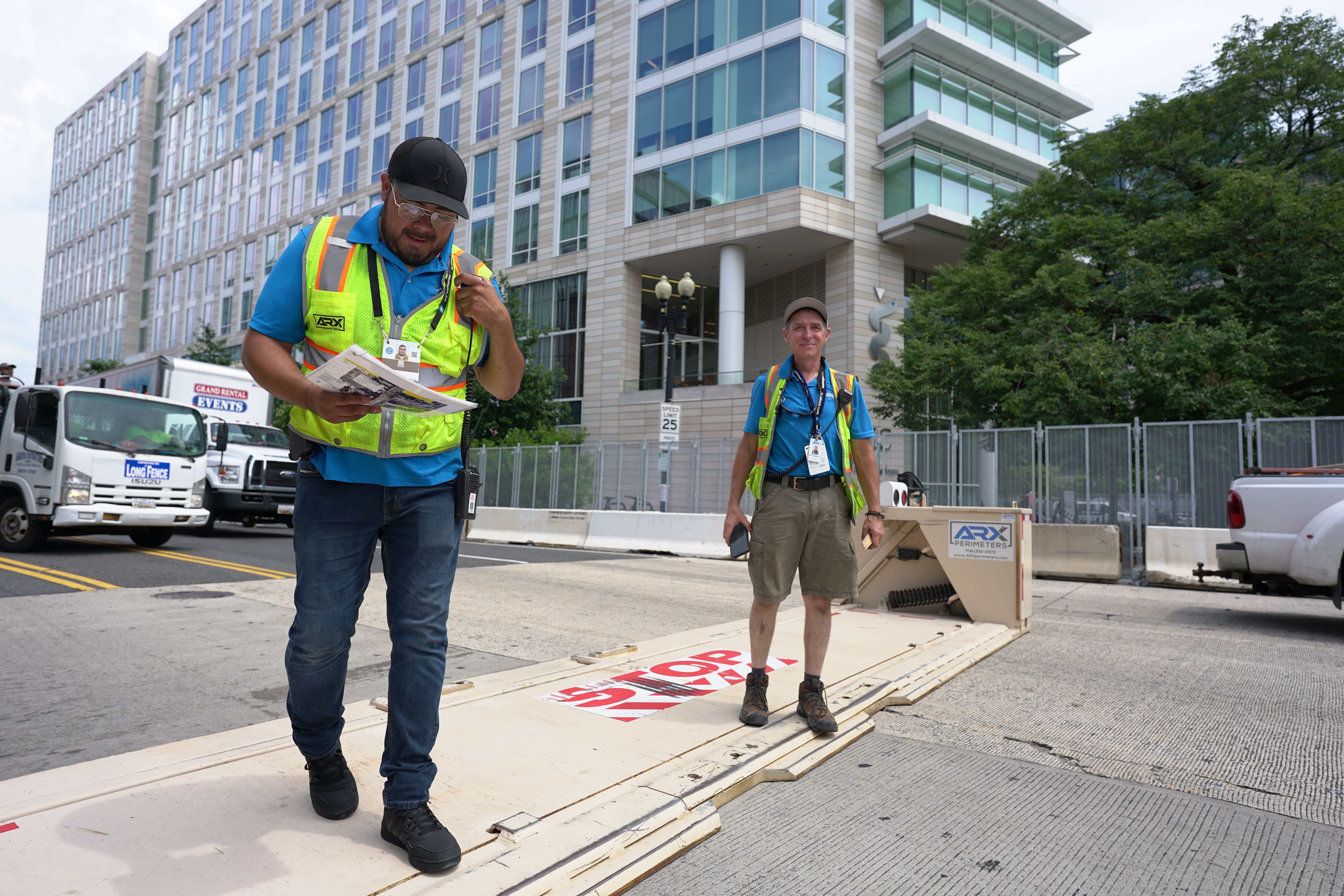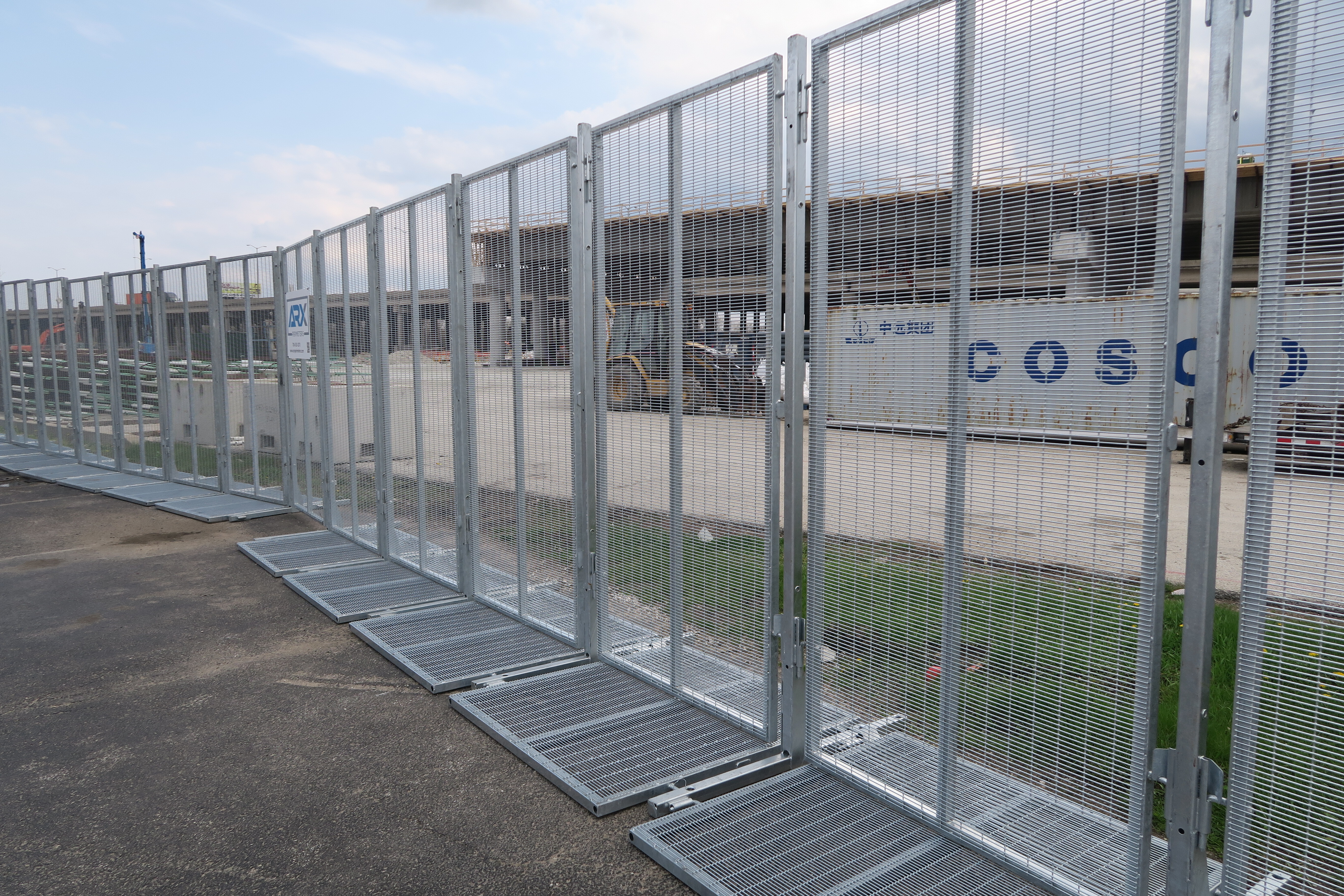Summer festivals, marathons, county fairs, and holiday parades bring communities together, but they also create security concerns and opportunities for bad actors to strike vulnerable targets. CISA’s Venue Guide for Security Enhancements (January 2025) reminds us that modern threat vectors now span everything from hostile drones to vehicle-borne IEDs, making a layered perimeter absolutely essential. (CISA)
Below is the five-step model I use when advising municipal partners on temporary or semi-permanent event security. Think of it as “defense in depth” planning where each layer buys time, produces intelligence, and reduces risk:
- Detect
Early threat detection is mission-critical. Smart cameras with analytics, radar-enabled fence sensors, and cooperative AI-driven drone detection provide the data you need before a threat reaches the crowd. Detection is also what feeds real-time dashboards for Joint Operations Centers (JOCs) at high-profile events such as the Super Bowl. (U.S. Department of Homeland Security) - Deter
High-visibility patrols, well-lit perimeters, conspicuous signage, and overt screening lanes communicate: “This venue is hardened, look elsewhere.” According to industry discussions leading into SIA’s Perimeter PREVENT 2025 symposium, visible deterrence remains the lowest-cost/highest-ROI line of defense. (sdmmag.com) - Defend
If an adversary attempts to breach, trained security teams (often interoperable with local police) must be ready to neutralize the threat. Well-rehearsed response protocols, ballistic-rated command posts, and rapid-deploy vehicle barriers give defenders both protection and tactical advantage. - Deny
Access-control points, credentialed zones, hardened permanent or temporary fencing, and anti-ram bollards physically prevent entry where it matters most: VIP areas, critical infrastructure (power, communications, etc), and egress corridors. Denial measures shrink the attack surface from the outset. - Delay
Nothing in security is 100 percent. Should an aggressor penetrate outer rings, your crash-rated gates, layered barricades, and crowd-control barricades will slow their progress. This buys precious minutes for law enforcement to arrive or reposition. Time is life in an active incident.
Bringing It All Together for Municipal Events
- Scalable Architecture: Temporary perimeter kits: rapid-deploy fencing, modular turnstiles, jersey barriers, etc. These allow police and emergency management professionals tailor the depth of protection to event size and threat level.
- Inter-Agency Coordination: Shared situational awareness (common operating picture) ensures fire, EMS, and police can act on the same real-time detection and decision making feeds.
- Community Confidence: A robust security posture utilizing these 5 “D’s” reassures the public, vendors, and elected officials that safety is more than a checkpoint. Your security measures require strategy and planning that the public will appreciate.
Events succeed when citizens never notice the security choreography behind the scenes. By integrating these 5 “D’s” (Detect, Deter, Defend, Deny, and Delay) into every permit application and site plan, municipalities convert open streets into resilient, people-first spaces. All without sacrificing freedom of movement or the festive atmosphere that makes public gatherings special.
Related articles

From Perimeter Protection To Complete Site Security: How ARX Became The Leader
Carson Schenk | Aug 12, 2025 8:11:15 AM

Before Servers Go In - Deploy Perimeter Security Assets At Data Centers
Carson Schenk | Apr 23, 2025 7:58:50 AM

Strategic Mobility: Why Border Patrol Needs Rapidly Deployable Security Fencing
Carson Schenk | Apr 8, 2025 9:35:58 AM


